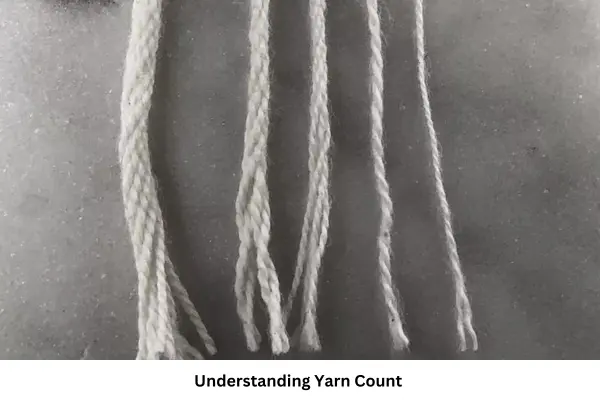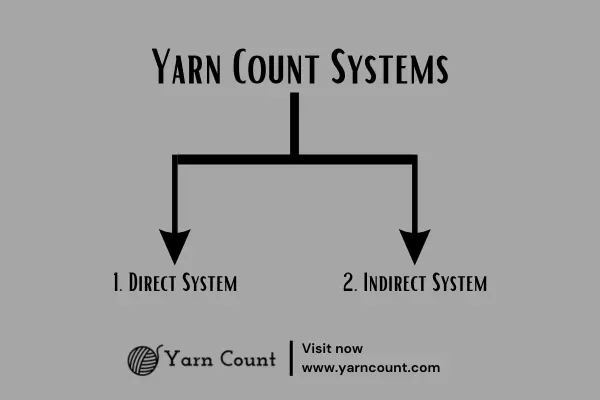Yarn refers to the fiber strand that can be fashioned through weaving, knitting, and any other techniques. One of the crucial parts of the textile industry is Yarn Count. The spinning and weaving mills only run with this term Count. Product cost depends on yarn count.
Table of Contents
What Does Yarn Count Meaning?
Yarn count refers to the numerical value that indicates whether a yarn is fine, coarse, or thick. The Textile Institute gives a particular definition that a yarn count is a number that indicates the mass per unit length. Yarn is used to create any type of clothing, bedding, upholstery, and even decor.

That is how, yarn count becomes an integral part of the efforts as these particular finished products depend on a specific size, durability, and appearance.
Types of Yarn Count
Multiple numbering systems are there in the yarn count. It falls into two categories. For instance:
- Direct Counting System
- Indirect Counting System
Direct Counting System: Count is based on the weight number of units in a length unit. The size of the yarn is directly proportional to the count number. The direct system has uses in silk, jute, etc. through tex, denier, and jute count, the direct count system is measured.

Indirect Counting system: In this yarn count system, expresses the length number of units in one weight unit. The higher the yarn count in the indirect system, the finer the yarn. The indirect system has uses in cotton, worsted, woolen, and linen, etc.
Conclusion
Weight and length, are the two factors that contribute the most to calculating yarn count. For these calculations, 2 main systems are used: Direct and Indirect. Without a yarn count and numbering system, the final product would be impossible to implement with proper quality control and estimated pricing.


